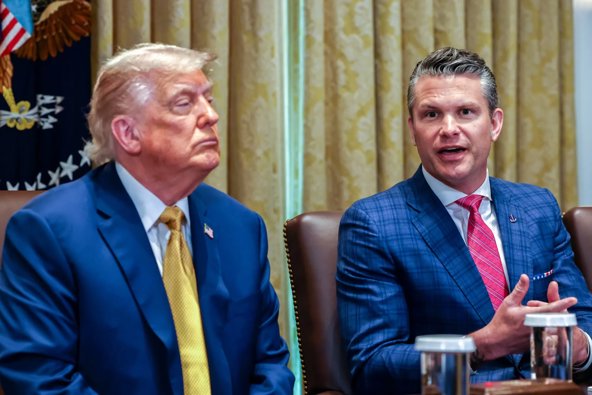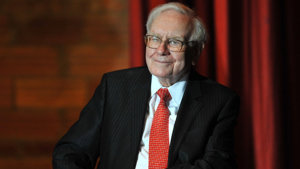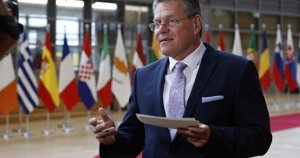
Trump Approves New Defensive Weapons for Ukraine
Trump authorizes new shipments of defensive weapons to Ukraine, reversing Pentagon pause as Russian attacks intensify.
Trump Directs Fresh Military Support for Ukraine
President Donald Trump announced on Monday that the United States will send additional defensive weapons to Ukraine, just days after the Pentagon paused certain shipments. The decision comes as Russian attacks have escalated, killing at least 11 civilians and injuring over 80 others, including children, in the latest strikes on Ukrainian territory.
Speaking at a White House dinner with Israeli Prime Minister Benjamin Netanyahu, Trump addressed the reversal: “We have to. They have to be able to defend themselves. They’re getting hit very hard now. We're going to send some more weapons — defensive weapons primarily.”
The Pentagon confirmed it would carry out the president’s directive. “Our framework for POTUS to evaluate military shipments across the globe remains in effect and is integral to our America First defense priorities,” said Pentagon spokesman Sean Parnell.
Ukraine has persistently called on the United States to supply more Patriot missile systems and other critical defensive equipment to counter ongoing Russian air strikes. The Pentagon’s pause last week had included halts on deliveries of key weapons such as Patriot interceptors and artillery shells, despite the fact that these shipments were already staged in Poland.
The timing of the Pentagon’s freeze coincided with Russia’s largest aerial assault of the conflict to date, involving nearly 500 drones and 60 missiles launched against Ukrainian targets.
International Reactions and Ongoing Tensions
The Kremlin reacted cautiously to the news, with spokesperson Dmitry Peskov stating that Russia would need time to clarify the specifics of the new U.S. weapons aid. “Obviously, supplies are continuing, that's clear. Obviously, the Europeans are actively involved in pumping Ukraine full of weapons,” Peskov said, while noting the need for more information on the scale of the new American support.
Peskov acknowledged Trump’s repeated attempts to broker a ceasefire and indicated that Moscow still sees potential for restarting direct talks and improving trade relations with the United States.
The situation in Ukraine remains dire. Russia now controls nearly a fifth of Ukrainian territory, including Crimea, all of Luhansk, and the majority of several other regions. Despite diplomatic overtures, military operations and civilian casualties persist.
Meanwhile, Russian domestic politics were shaken by the death of Russia’s transport minister, Roman Starovoit, in an apparent suicide just hours after being dismissed by President Vladimir Putin. The dismissal reportedly followed investigations into alleged embezzlement of state funds for defense construction in the Kursk region, as well as travel disruptions caused by recent drone threats.
Looking Forward
The U.S. administration’s latest move signals ongoing support for Ukraine’s defense amid intensifying hostilities. As the Pentagon resumes shipments, the world will be watching to see how these developments affect the dynamics of the war and broader U.S.-Russia relations. Both Kyiv’s resilience and Washington’s policy shifts will shape the next phase of this enduring conflict.






